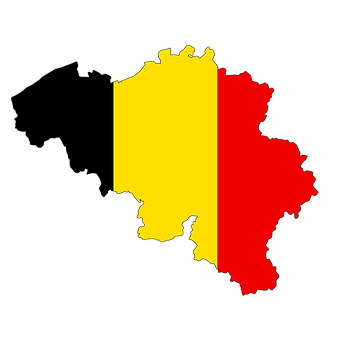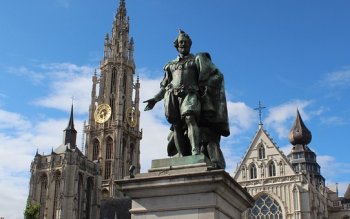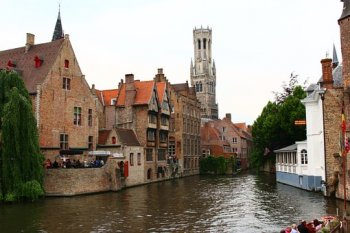
Main languages spoken in Belgium
 Welcome to our helpful guide for Belgium. Should you be looking to travel, live, relocate or do business in the sovereign state, we will give you a helpful head start on understanding the country and its cultures.
Welcome to our helpful guide for Belgium. Should you be looking to travel, live, relocate or do business in the sovereign state, we will give you a helpful head start on understanding the country and its cultures.
Facts & statistics
Belgium is a sovereign state in Western Europe, bordered by France, the Netherlands, Germany, Luxembourg and the North Sea.
The Capital: Brussels
Main Cities: Brussels, Antwerp, Ghent, Charleroi
Population: 11.4 million
Size: 30, 528 sq km (11, 787 sq miles)
Major Religion: Christianity, in particular Roman Catholicism
Main Language: Dutch, French & German
Climate: People living in Belgium can expect temperate conditions with mild winters and cool summers that are rainy, humid and cloudy.
 Life Expectancy: 80 years
Life Expectancy: 80 years
Dialling Code: +32
Emergency Numbers: 100 (medical emergency & fire brigade) 101 (police)
The Currency
Currency: Euro
Symbols: €
ISO 4217 Code: EUR
Central Bank: European Central Bank
Currency Sub-Units: Cent = 1/100 of a Euro
Denominations: Notes: €5, €10, €20, €50, €100, €200, €500
Coins: 1c, 2c, 10c, 20c, 50c, €1, €2
 Local culture
Local culture
Belgium is a relatively small country and people in Belgium generally make their cultural choices from within their own community, therefore it’s difficult to give a generalised over view of local culture in Belgium. Brussels, the capital of Belgium is geographically speaking also located at the heart of Europe, and it is also considered to be the capital of 500 million Europeans.
The country consists of three separate regions. Flanders is situated in the North and is the location of the majority of Belgium’s industrial resources. Dutch is mainly spoken here. Wallonia is located in the South and French is mainly spoken here. Approximately 11% of the country’s inhabitants live here. Brussels, the capital, is the home of the European Union and its officially recognised as being a bilingual region.
Clothing
Traditional Belgian styles for men and women are modeled after the French clothing style, which was influenced by the French occupation during World War II. The smock and beret are popular and worn by men, and the classic huntress dress is favored by Belgian women. Worn as a wedding dress today, the costume features Celtic-edged trimming on the sleeves and ties that are decorated with colorfully hued beads.









